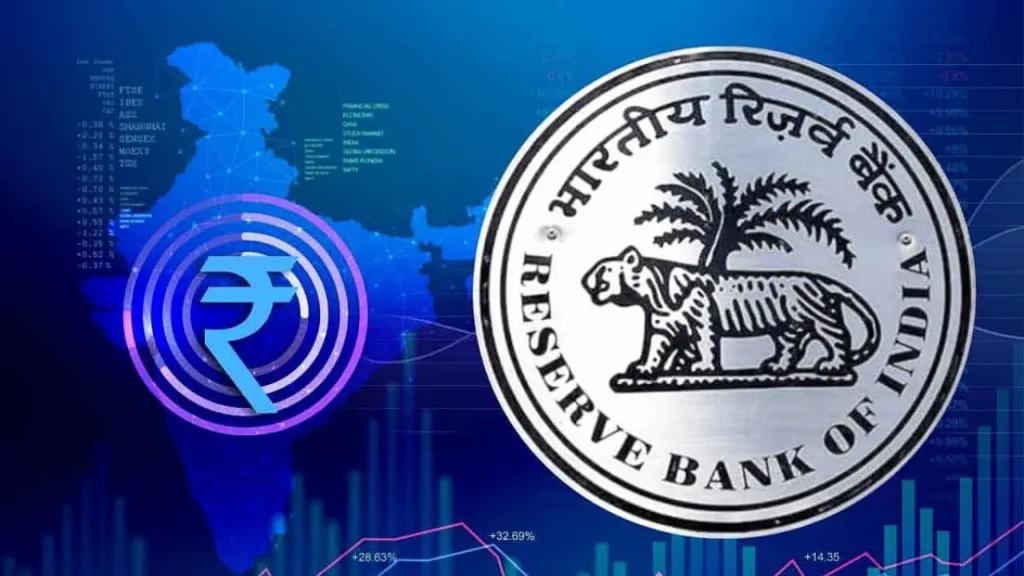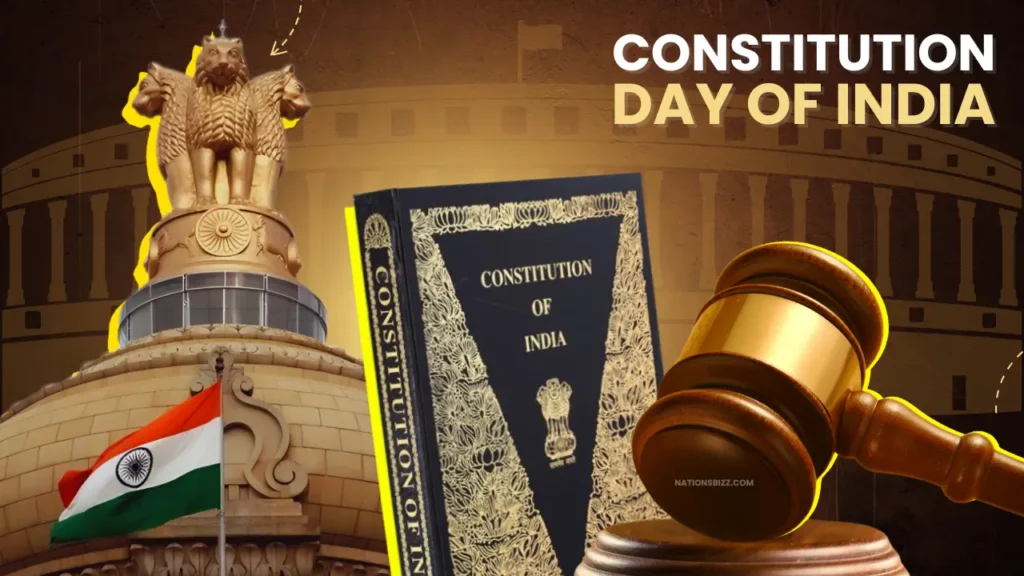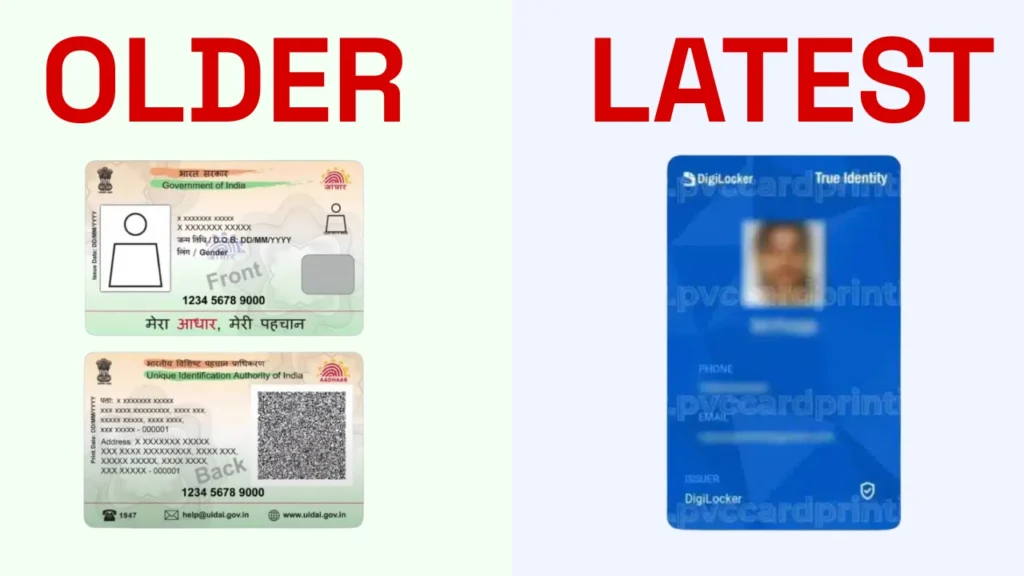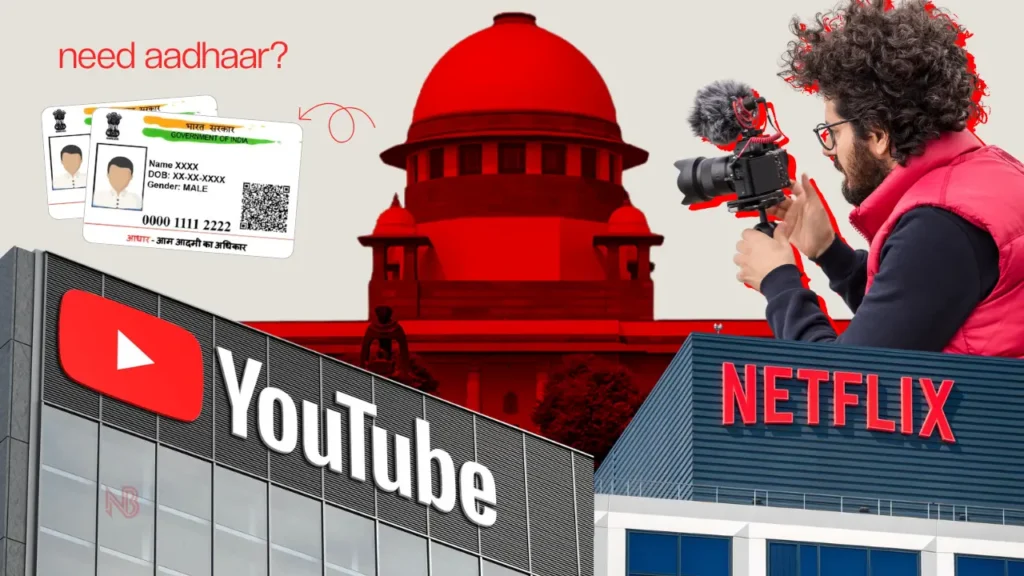The Reserve Bank of India (RBI) has rolled out the retail version of the digital rupee (e₹) with offline functionality that allows payments even when a network connection is unavailable. At its core, e₹ is a sovereign digital currency backed by the RBI and treated as legal tender just like physical cash. What makes it interesting is the addition of two offline transaction methods. First, NFC-based tap payments between two devices enable transfers without requiring internet or mobile network connectivity. Second, telecom-assisted offline payments can operate with minimal network signals in areas with weak connectivity.
Currently, 15 banks are participating in the pilot scheme. These include the major public and private players in India. Users register, download a wallet app from either the Google Play Store or Apple App Store, and begin transactions with daily limits in place. Each wallet can hold up to ₹1 lakh, with a daily transaction threshold of ₹50,000 or 20 transactions after the initial registration phase.
What this really means is that India is combining the familiarity of cash with digital convenience. Unlike digital payments platforms such as Unified Payments Interface (UPI) which rely on bank-account links and internet connectivity the e₹ transactions settle directly between wallets without needing bank account involvement. Privacy and settlement speed improve because the architecture treats the digital rupee as actual currency, not just a payment instruction. Yet, challenges remain: infrastructure installation of NFC or compatible wallets in remote areas, security risks of offline transfers, and whether people will adopt another payment method when existing tools already work. In sum, the RBI rollout of the offline digital rupee is a significant step toward financial inclusion and payment flexibility. It brings the promise of cash like ease into the digital era while keeping the government oversight intact.





















